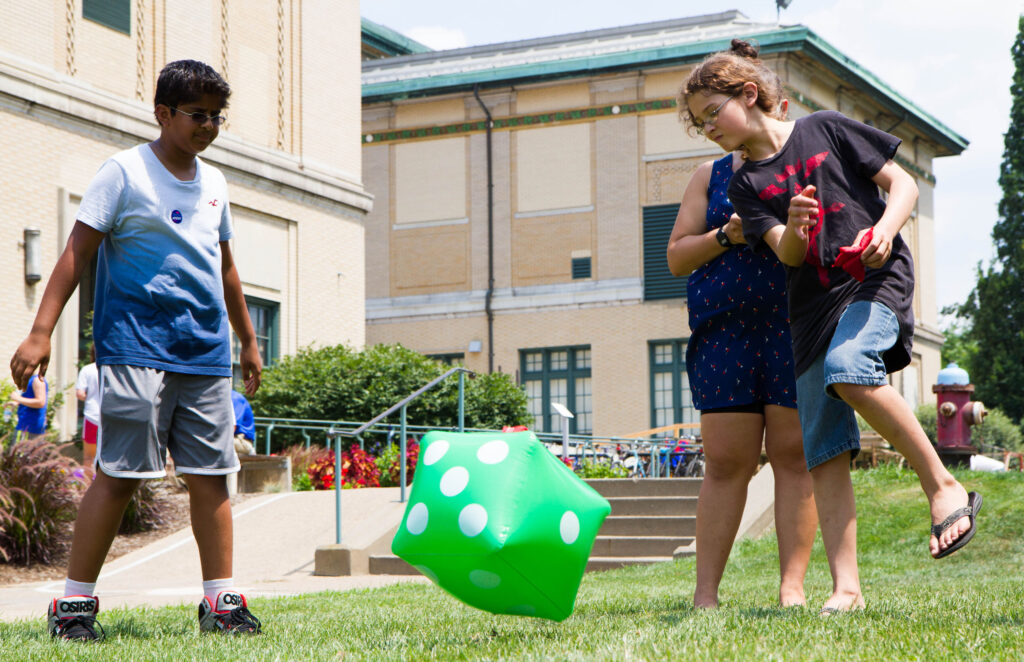Preventing and combating childhood obesity won’t just help kids live longer, healthier lives. Research has found exercise helps kids learn better, too.
As reported in a New York Times post, a study published in The Journal of Pediatrics matched nearly 12,000 Nebraska students’ timed runs and BMIs against their standardized test scores. The researchers found that higher levels of aerobic fitness corresponded with better academic performance. Interestingly, a child’s weight or BMI didn’t matter—it was their level of physical fitness that corresponded to the better scores.
Another study published in PLOS One asked two groups of 9- and 10-year-olds to memorize fictional places on an iPad map. One group was physically fit (as determined by a treadmill test), and the other was not. When asked to remember the locations after straight memorization, the fit kids scored an average of 43 percent. The unfit kids scored an average 25.8 percent. The study’s authors concluded, “fitness-associated performance benefits are largest in conditions in which initial learning is the most challenging.”
These aren’t the first indications of the amazing ways exercise aids our brains. Researchers have long been working to pin down how exactly exercise impacts retention and learning. Over and over, studies have found even light exercise increases memory, mood, and ability to perform well on tests, as this other in-depth post from the New York Times explains.
If helping kids live longer, healthier lives wasn’t enough, this learning boost is just one more incentive to promote physical fitness both in school and out.
However, since No Child Left Behind was implemented in 2001, nearly half of all schools have cut significant time from physical education classes to make more room for reading and math instruction, according a report from Institute of Medicine. The PE cuts and reduced recess times have only compounded the childhood obesity epidemic that has brought the country to a tipping point—one in three kids is overweight and one in six is obese. Due to many factors—such as less access to healthcare, safe parks, and grocery stores that stock healthy foods—the childhood obesity rate is not distributed evenly. Forty-five percent of overweight kids ages 10 to 17 come from families living below the poverty line.
Research has also linked excessive media use to the obesity epidemic. Today’s kids often lead a more sedentary lifestyle than children have in the past, often due to video games and computers. When kids spend about seven hours a day with screens, not much daylight is left for the one or more hours of recommended physical activity.
There’s evidence that some of the efforts to get kids to run, do yoga, and just get moving are working–the obesity numbers have recently been leveling off or decreasing.
Michelle Obama’s Let’s Move! Campaign and Let’s Move Pittsburgh have raised awareness about the benefits of healthy foods, decreased screen time, and increased physical activity for children.
Like so much in the ever-changing world of technology, healthy habits require balancing time spent with technology. Research done in Boston with low-income families showed simple interventions, like removing TVs from bedrooms so kids get more sleep, had positive effects on obesity.
Another way to balance screens and fitness is to harness technology to motivate activity. Take Fitwits, for example. Based here in Pittsburgh, this multi-faceted research project focuses on obesity prevention and health literacy. Spearheaded by Carnegie Mellon University design professor Kristin Hughes, the project runs out of schools, doctor’s offices, and community centers. The project’s website serves as a hub of resources, from game instructions to printable snack cards.
Digital Salad has a similar blend of technology, art, and nutrition education. The nonprofit introduces kids to farming and harvesting, and allowing them to create artistic, digital responses to their experiences.
Although projects like Fitwits or Digital Salad aim to give kids more agency in their health, the reality is kids have limited control over their diet and lifestyle because they’re not footing the grocery bill.
That’s why fitUnited Pittsburgh, a United Way initiative, engages adults first to teach kids through example. Through events, competitions (with prizes like family health club memberships), and volunteer opportunities, fitUnited is mobilizing a network of adults to increase Pittsburgh’s wellness.
Schools are strapped for time and resources, but creative ways of getting kids moving, with or without tech, might just make the rest of the day’s learning more efficient.
